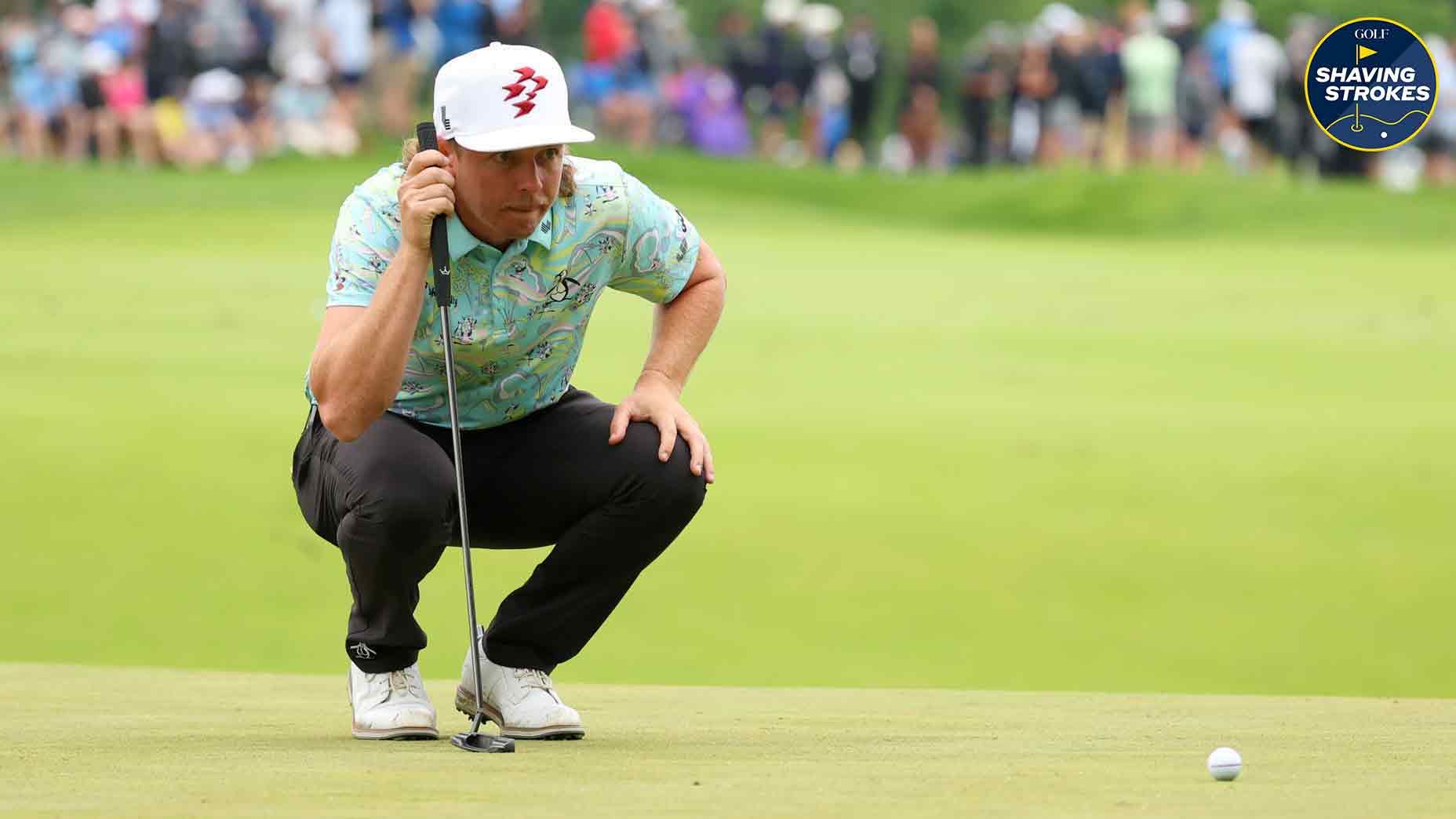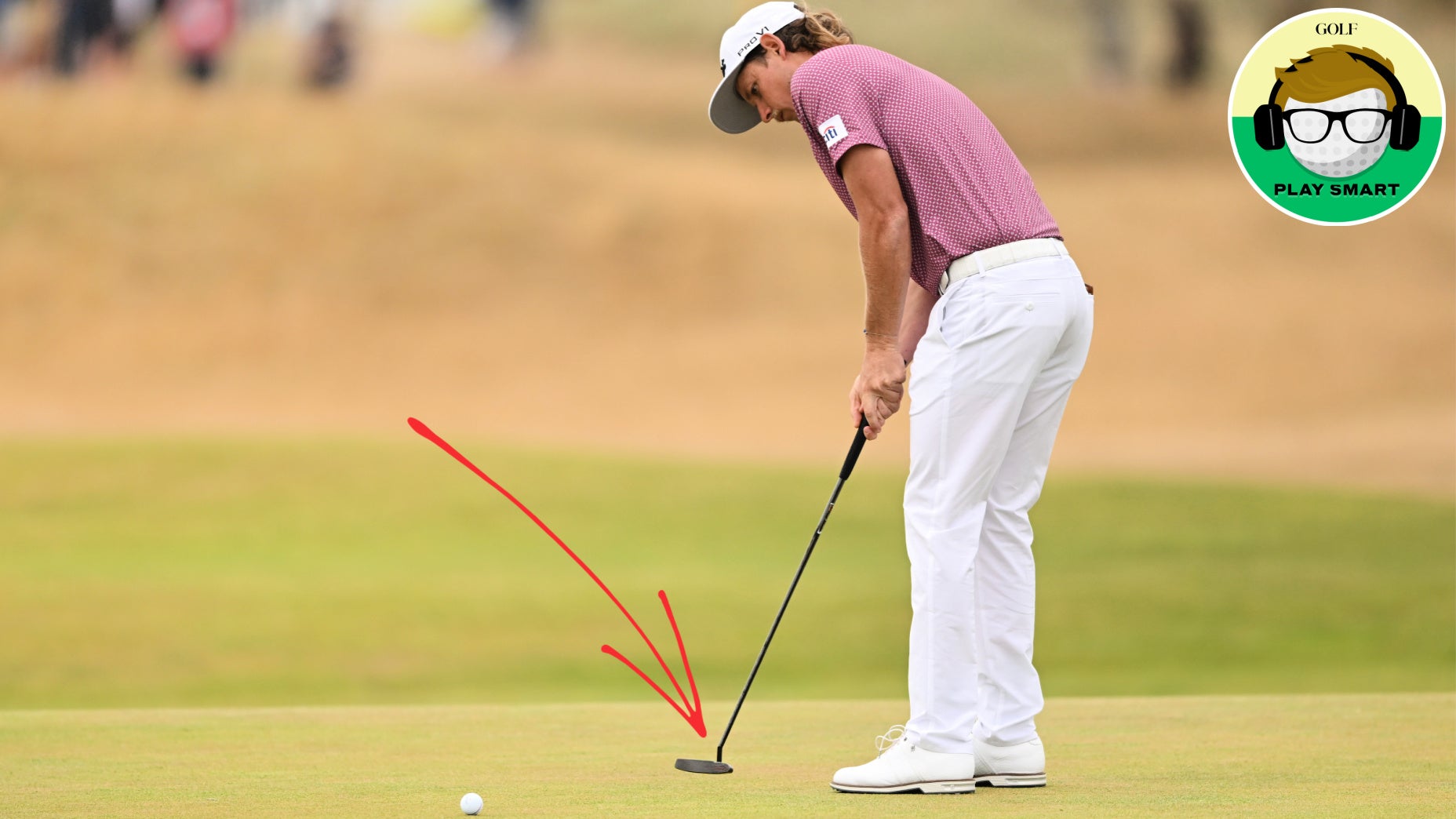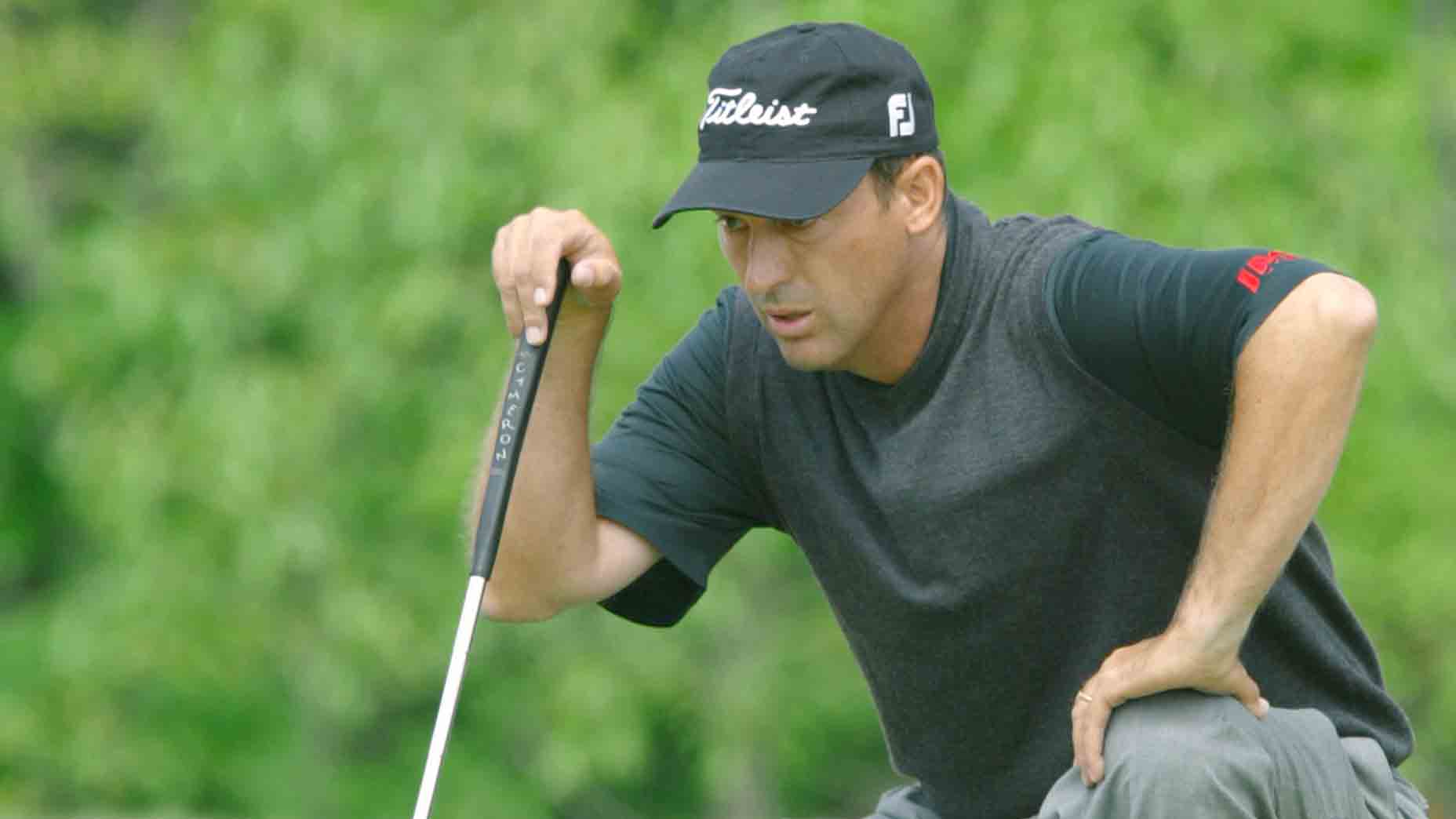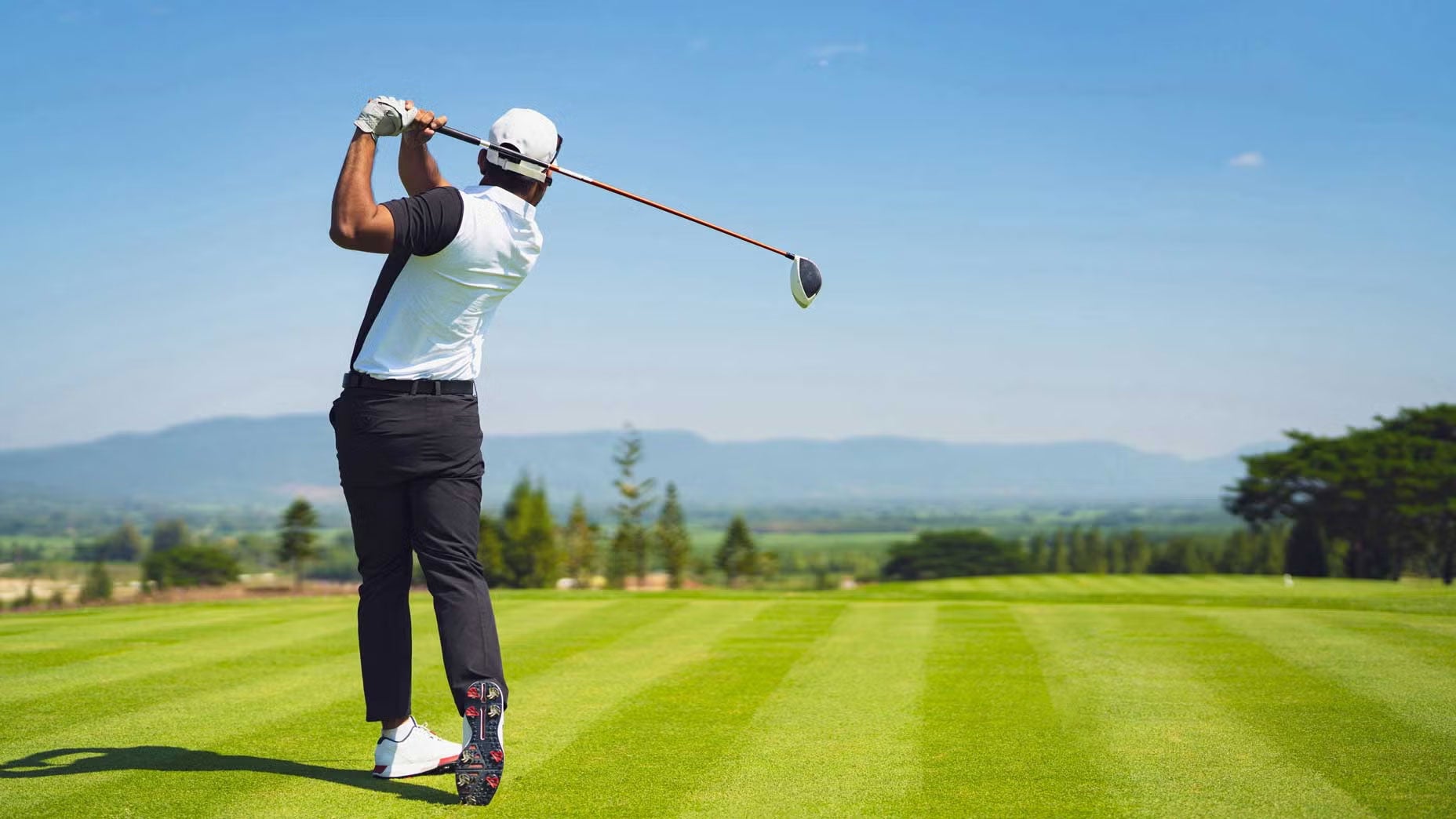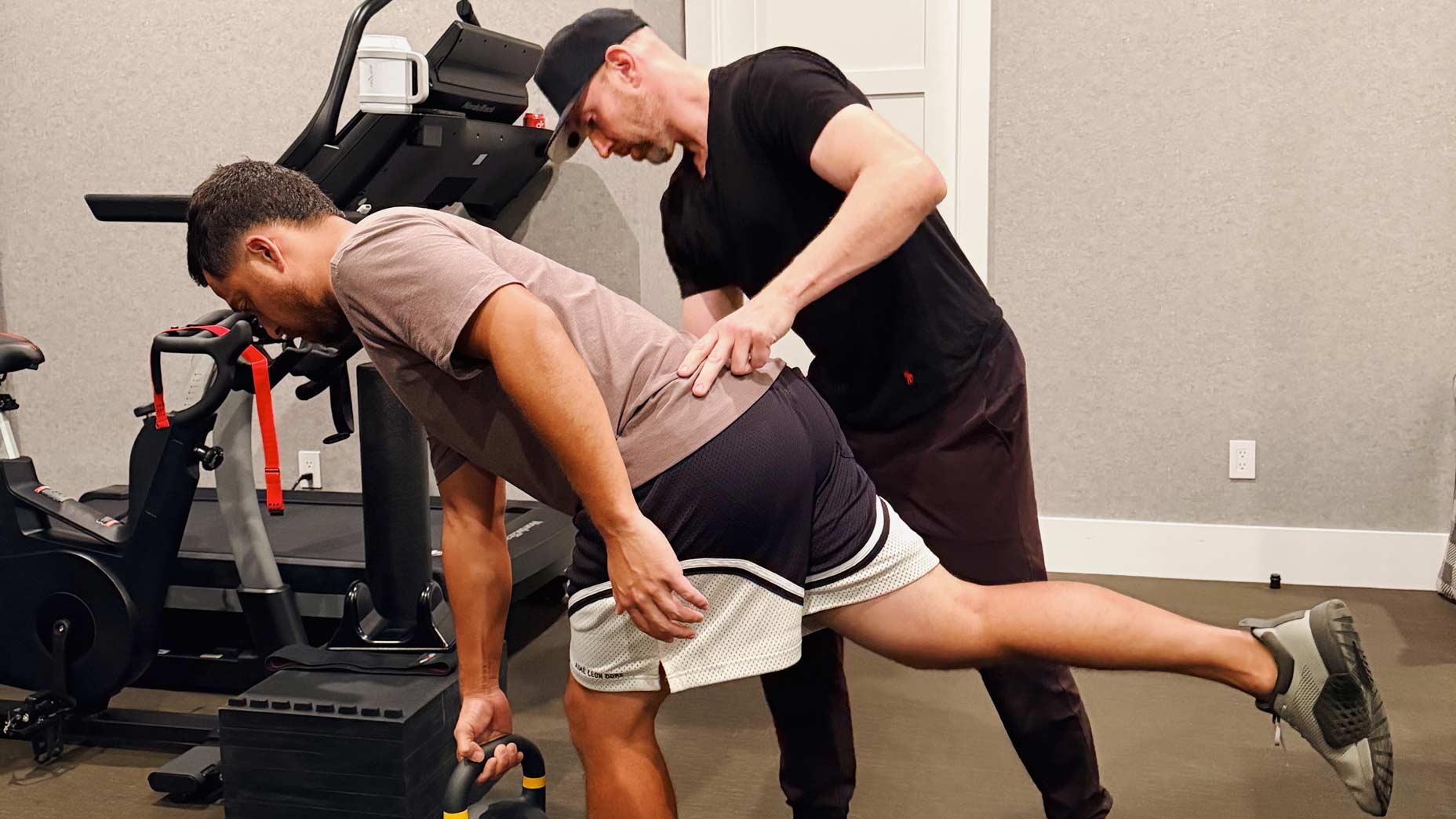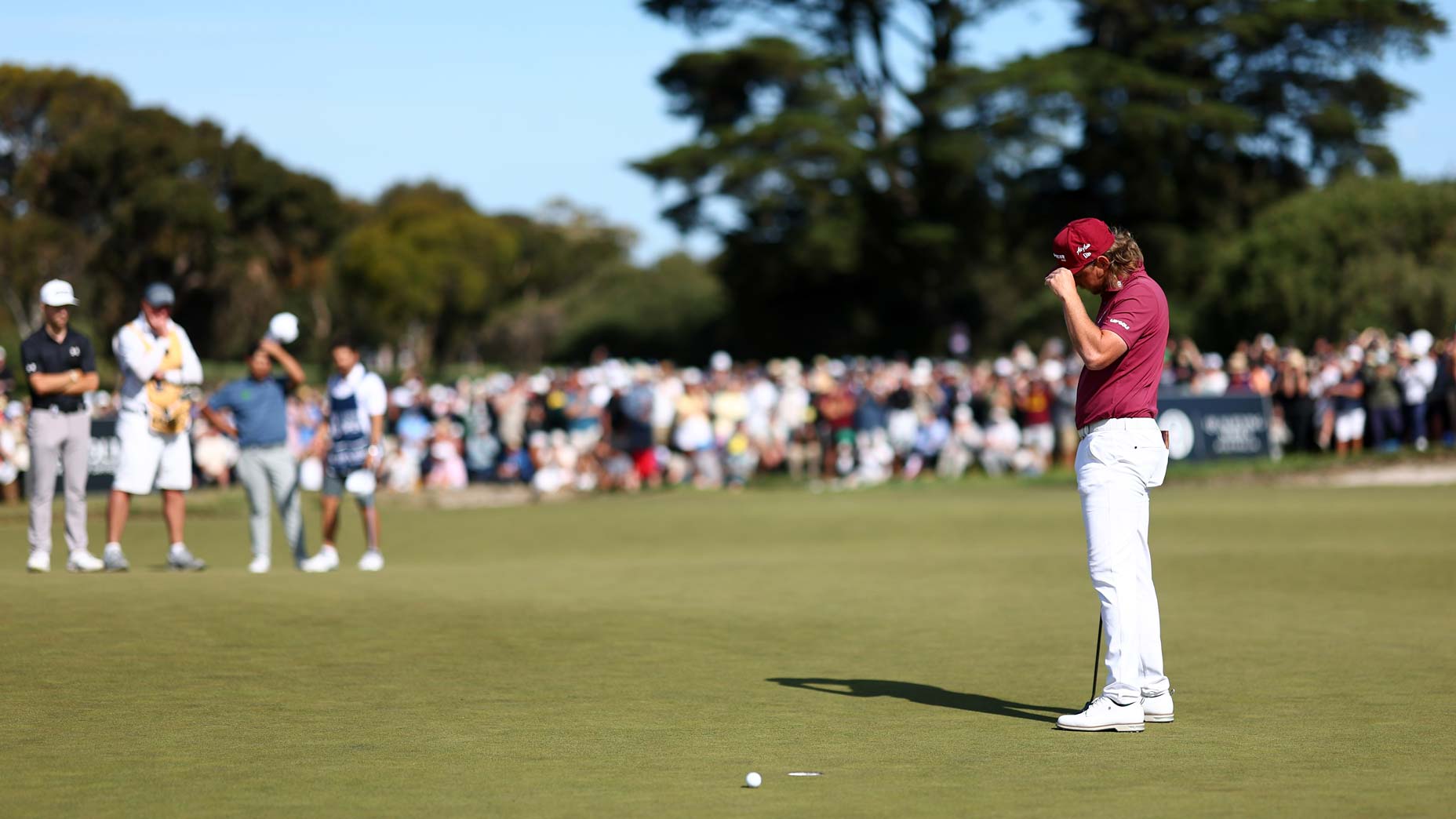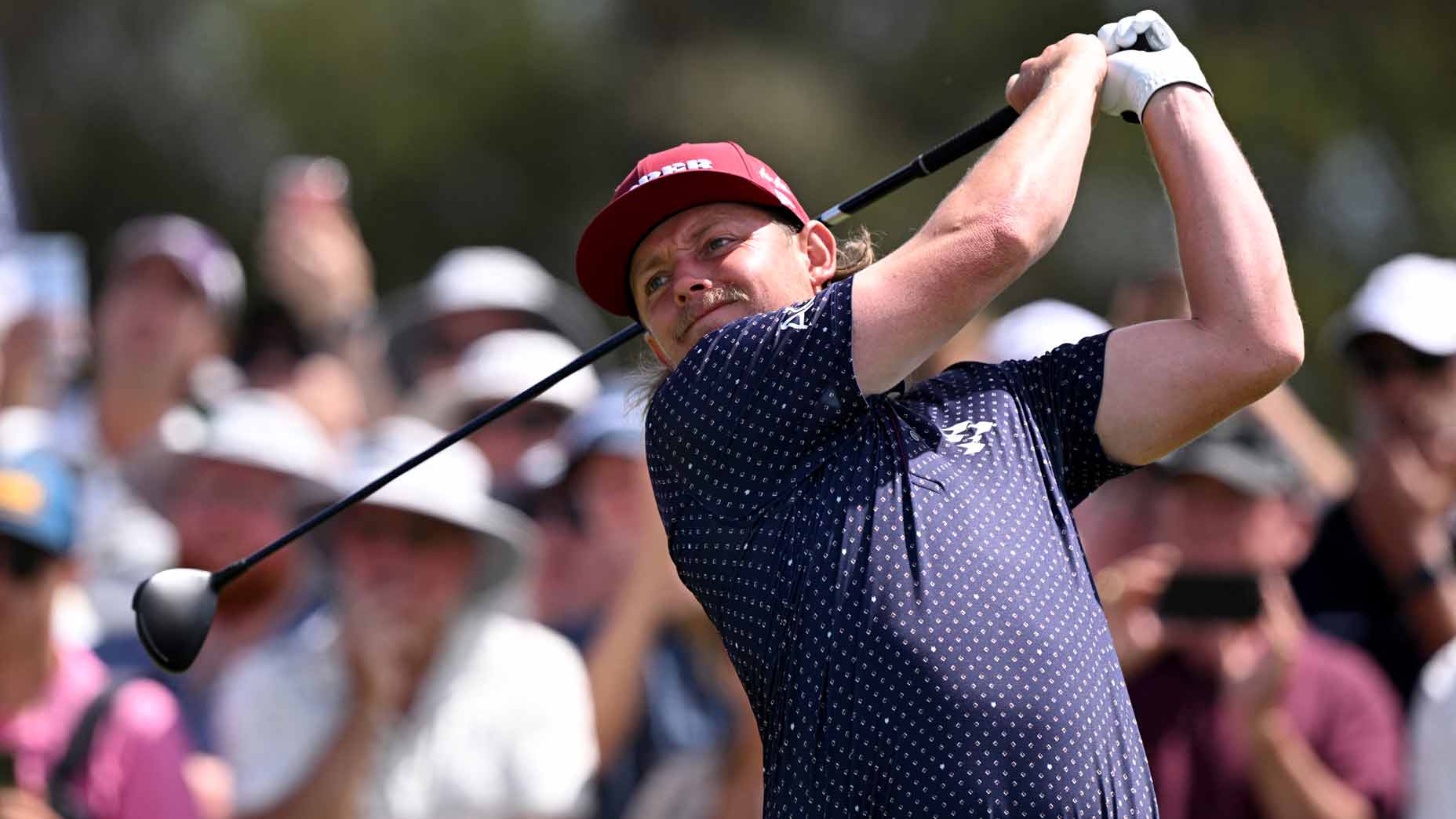Welcome to Shaving Strokes, a GOLF.com series in which we’re sharing improvements, learnings and takeaways from amateur golfers just like you — including some of the speed bumps and challenges they faced along the way.
Cameron Smith has long been respected for his prowess on the putting surface, with the 30-year-old LIV golfer knowing his way around all sorts of tricky greens.
In addition to leading LIV Golf in putting average this year (1.51), Smith’s flat stick helped him win the 2022 Open Championship, with the Aussie setting an unofficial PGA Tour putting record with 255 feet of putts made during the second round.
Given all the different putting advice out there, Smith knows to stick with what works best for him — which is part of the reason why he doesn’t even take a practice stroke, and instead relies on visualizing his putt before addressing his ball.
This is the *real* key to Cameron Smith’s incredible putting strokeBy: Luke Kerr-Dineen
“I wouldn’t say I really work on my tempo so much,” he once said. “I don’t take a practice stroke, so I like to kind of visualize and feel a lot, rather than feeling it through body motion. I guess I just like to visualize it.”
It’s an uncommon practice, but it’s one that works well for Smith.
In addition to avoiding a practice stroke while putting, Smith says ignoring one popular myth about gripping the putter helped dial in his short game — and he explains what it is (and what he does instead) in the video below (courtesy of LIV Golf’s YouTube).
1 putting myth that Cameron Smith says players should avoid believing
As someone who’s obsessed with golf instruction and game improvement, the video above is a like a gift from the golf gods. It’s full of incredible nuggets from Smith about his game — specifically his putting approach.
But the most interesting piece of info I gathered from it was Smith admitting that he ignores one popular putting myth: Using soft hands in the stroke.
“Probably the best advice I’ve ever received, you know, I used to hold the putter quite softly, and that led to some [bad] activation and setup stuff,” Smith says in the video above. “So I actually got told to hold the putter a little bit tighter.”
What’s the best way to grip a putter? Top 100 teacher dishes on his methodBy: Nick Piastowski
I can almost hear the screeching from tons of golf teachers right now, who often preach the virtues of using soft hands and a soft grip in the short game.
That’s not the case for Smith, who said that switching to a firmer grip helped engage the right muscles in his hands, wrists, and forearms, which then allows the putter to do most of the work.
“As silly as it sounds [doing this] actually activates the right muscles, and from there, the putter just kind of swings on itself,” he adds. “So stop holding the putter so soft — it’s a myth.”
After revealing his favorite advice, Smith then goes into his exact putting setup and routine.
“I try to minimize wrist movement, and I think it happens quite naturally with a bit of a stronger grip,” Smith explains. “I don’t like to let the putter flow too much. I don’t like soft hands, and actually prefer to hold the putter quite firm and think that natural wrist hinge kind of just happens in the stroke.
“I’m not trying to bend [my wrist] too much, or be a robot here and have no wrist hinge.”
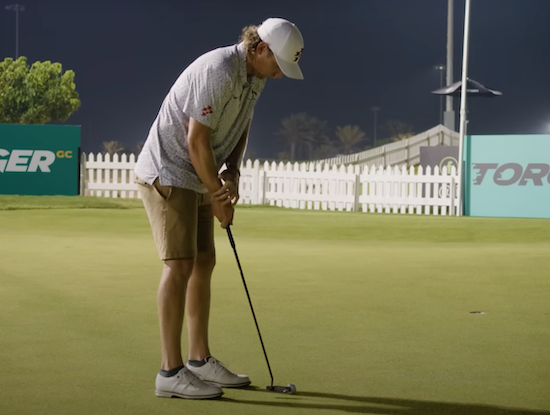
The photo above highlights how Smith’s right wrist rests against the grip. When it’s in this position, he’s able to avoid too much wrist hinge, and simply uses his upper body to rock back and forth.
“I’m not trying to actively engage the wrist,” he adds. “I almost want to feel like my body’s moving off the ball — which happens naturally, especially with the right wrist setting nicely [on the grip] if you get the body moving off the ball.”
So if you’re lacking consistency on the greens, gripping the putter a bit firmer like Smith does may be a great way to dial in your short game.
